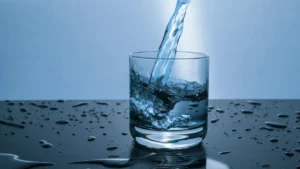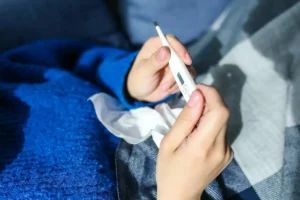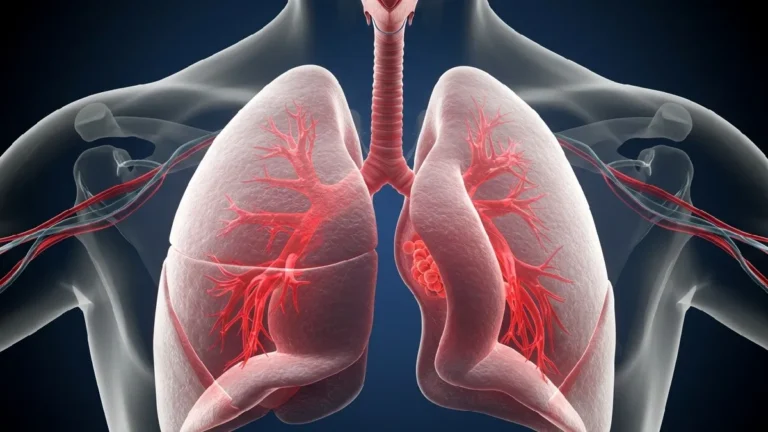Lower back pain can occur after a bad movement or spending too much time in one position. However, it can also be a symptom of underlying diseases.
Back pain is one of the most common conditions for which people visit the doctor and also for which they are absent from work, as it is uncomfortable and weakens the body because it makes it difficult for the person to move. It can be caused by poor movement, bad posture, or diseases in the spine, among others.
- Muscle or ligament strain: This occurs when heavy objects are constantly lifted or sudden jerky movements are made. Those who are not used to exercising may experience painful muscle spasms.
- Bulging or ruptured disk: The soft material inside the disk sometimes bulges or ruptures and puts pressure on the nerve, causing pain.
- Arthritis and osteoporosis: the first disease affects the lumbar region, the lower back. Osteoporosis could affect the vertebrae with fractures when the bones become very fragile.
According to Jimenez, back pain can also be caused by bad posture for several days, poor sleep, and cramps. Some risk factors include age, poor physical condition, obesity,y and some jobs that involve lifting heavy objects, pushing, pulling, ng or making movements that cause the spine to twist.
Lower back pain
The back is divided into three areas: the cervical spine, the thoracic spine, and the lumbar spine. The lumbar spine is the lower part and consists of five vertebrae called L1 to L5. The “lumbar region,” as it is also known, connects to the upper part of the back (thoracic spine) from above and to the pelvis through the sacrum, a triangular bone located at the base of the spine.
Physiotherapist Beatriz Estrada explains that the lumbar spine is what allows us to twist, turn and bend, and gives us the strength to stand, walk and lift objects. In other words, it is involved in almost all daily activities. “When we have pain in this area, our activities are limited and our quality of life is reduced,” she adds.
Why does the lower back hurt?
Lower back pain is often felt in the hips and/or pelvis, as muscle spasms or stiffness in the lower back, and can be sharp or stabbing pain that usually starts in the lower back and travels down the leg.
The most noticeable symptoms of this discomfort are that the pain increases in the morning and when the person sits down. It is relieved by standing and walking. Other people feel a combination of the aforementioned symptoms, which worsen over time.

Like back pain, lower back pain has several causes and its detection will depend on the tests performed by a specialist. The most common causes are:
Lower back pain is often felt in the hips and/or pelvis, as muscle spasms or stiffness in the lower back, and can be sharp or stabbing pain that usually starts in the lower back and travels down the leg.
The most noticeable symptoms of this discomfort are that the pain increases in the morning and when the person sits down. It is relieved by standing and walking. Other people feel a combination of the aforementioned symptoms, which worsen over time.
Like back pain, lower back pain has several causes and its detection will depend on the tests performed by a specialist. The most common causes are:
- Vertebral degeneration: This is one of the most common causes of lower back pain in the elderly, as aging causes the discs in the spine to wear down and the nerves in the area to become compressed.
- Muscle sprains and contractures: These are mostly caused by poor posture or incorrect movement. Contractures are also related to stress and fatigue.
- Injuries: These can be caused by different activities, such as lifting weights, exercising, or moving unexpectedly. They can also be the result of a fall or a strong blow.
- Degenerative osteoarthritis: causes the cartilage between the facet joints (which connect the five vertebrae) to wear away and bone spurs to form. Damage to these joints can also be caused by weight and stress.
- Compression fracture: This occurs when a vertebra in the lumbar spine collapses on itself. The most common cause is osteoporosis, but it can also be caused by an accident.
- Fibromyalgia: This disease causes chronic widespread (diffuse) pain in muscles and soft tissues other than the lower back. It is characterized by poor sleep and fatigue.
- Spondylolisthesis: is the partial displacement of a vertebra in the lumbar region. It is common in athletes, during adolescence or in the first years of adulthood.
A doctor should be consulted immediately if fever, digestive disorder, or urinary tract disorder are added to the above symptoms. “If the pain is not severe and the only warning sign is lower back pain that lasts more than 6 weeks, this is not a medical emergency,” the MSD Manual states.
Treatment and prevention
The doctor’s physical assessment will be accompanied by questions such as: When and how did the pain begin? What is the pain like? How intense is it? Where is it located? And when does it get worse or better?

Treatment for lower back pain will depend on the cause, although this is often difficult to determine. However, before carrying out specific tests, the specialist may recommend a standard treatment, which consists of anti-inflammatory drugs, painkillers, and muscle relaxants.
If this does not work, then your doctor will perform more specific tests such as X-rays or an MRI to determine another cause of the pain.
Lower back pain can be prevented by avoiding being overweight or obese, maintaining good posture while working at a computer or bending over, not staying in the same position for long periods, exercising, using a firm mattress to sleep on, and not wearing high heels excessively. Also, avoid anxiety and stress.






















+ There are no comments
Add yours